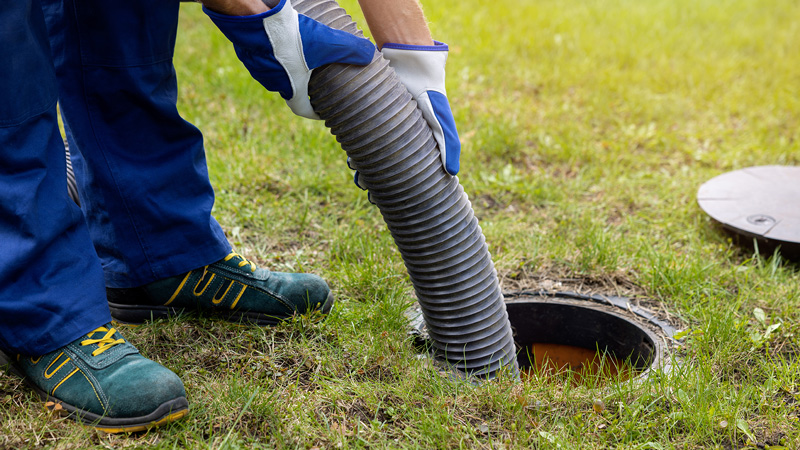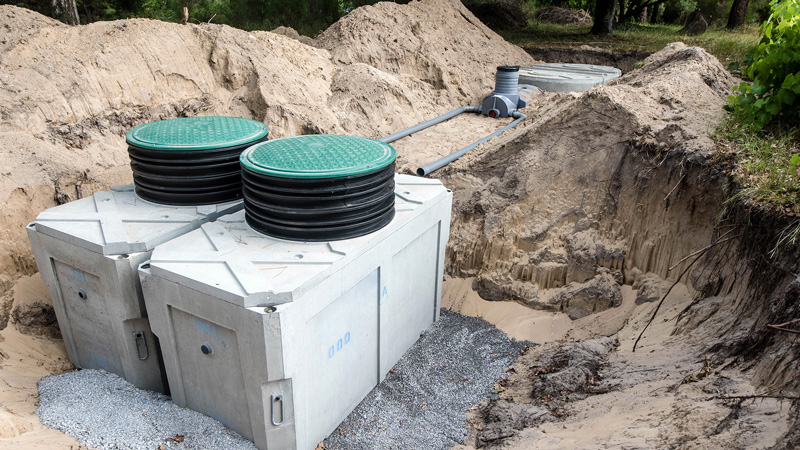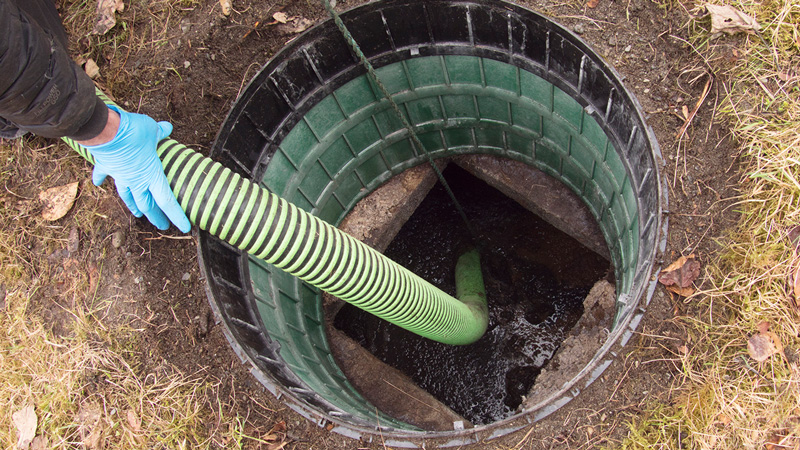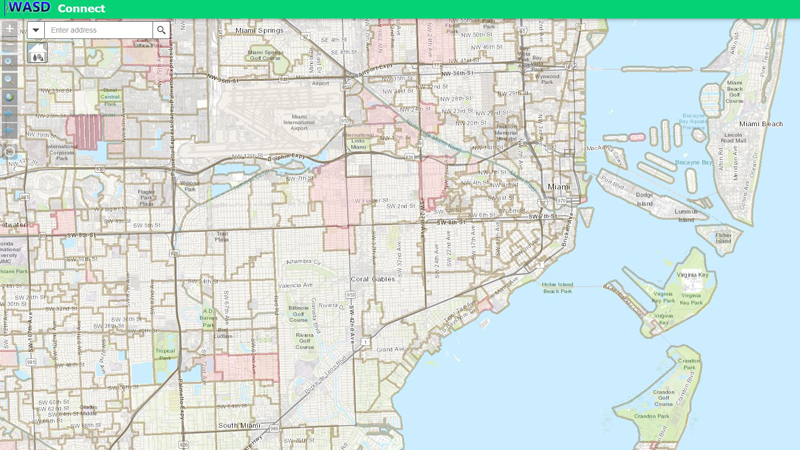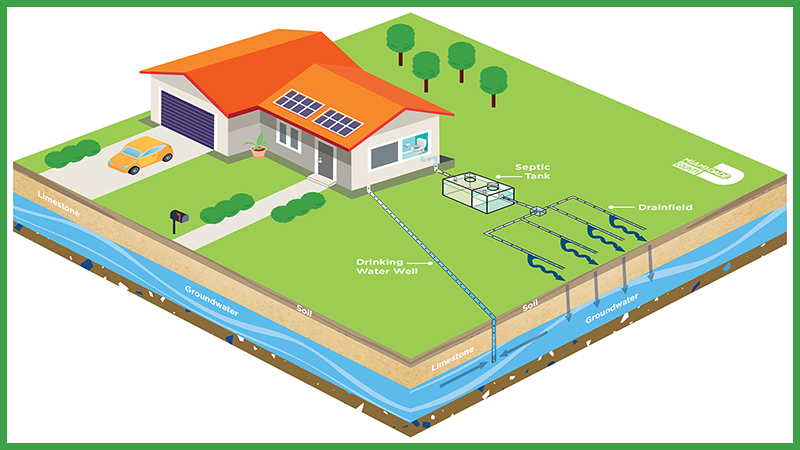Onsite Sewage Treatment & Disposal Systems (OSTDS)
During this process, some bacteriological breakdown of the organic waste occurs and the liquid flows out of the septic tank into the drainfield. The drainfield is an underground network of perforated pipes or chambers for distributing partially treated wastewater from the septic tank to the soil for final treatment and recharge to the groundwater. Once the effluent leaves the drainfield, additional treatment, in the form of filtration, adsorption, aerobic decomposition and assimilation, occurs within the unsaturated soil layer. For this treatment to take place, a minimum separation between the bottom of the drainfield and the water table must exist and remain unsaturated.
This approach to treating sewage originated in the late 1800s and while the methods, materials of construction, and the sizing of systems have changed over time, the use of conventional septic systems for only primary treatment of sewage and pollutant dilution has stayed the same for over a century.
About Us
Improve and protect our quality of life and our natural resources, by enhancing the community's resilience through visionary planning, land development, regulatory and environmental policies and operations, and economic growth.
Webinars
Contact Us

Regulatory and Economic Resources
Lourdes M. Gomez
Stephen P. Clark Center
111 NW 1st Street,
11th Floor
Miami, FL 33128
305-375-2877 | [email protected]
Herbert S. Saffir Permitting and Inspection Center
11805 SW 26 Street,
Miami, FL 33175
786-315-2000
